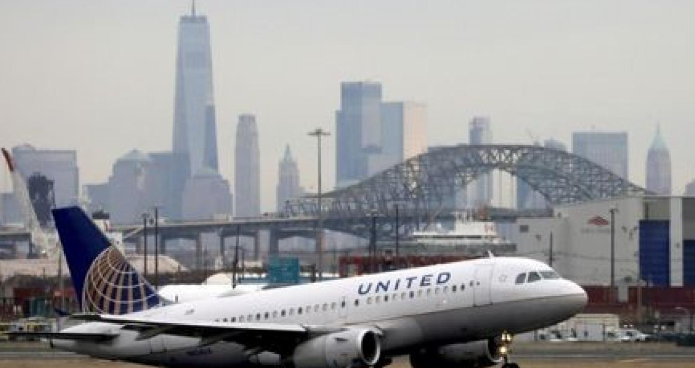SYDNEY/CHICAGO, Nov 7 (Reuters) – Airlines all over the planet are tearing up timetables and getting new trips to adapt to a Coronavirus set off pattern in corporate travel for chiefs like Jerome Harris – the rejecting of one-day excursions for work for longer stays.
For Sydney-based Harris, depleting one-day trips to Melbourne or Brisbane – meaning four taxi rides, two flights, expanded pauses, and the gamble of delays – are not anymore after a pandemic-driven reassessment of his movement propensities.
Industry information the big-time explorers are going on longer outings than before Coronavirus, leaving aircraft changing flight plans. Ecological worries, rising ticket costs, expanded flight cancellation in staff deficiencies and a blast in web-based videoconferencing are sabotaging the single-road trip choice as an industry standard.
“I’m more joyful to save the work and the carbon and do a couple of days in an area have opportunity and willpower to get together with different individuals and visit numerous tasks,” said Harris, who works for a framework organization.
In business sectors from Australia to the US, aircraft are adjusting to amplify income. U.S. transporters, for instance, are adding all the more midweek trips as explorers go on additional outings that mix business with recreation, with many profiting by more prominent adaptability to remotely work.
“Tuesdays and Wednesdays are not as a very remarkable box as they used to be in a customary week,” as per Joined Carriers (UAL.O) Boss Business Official Andrew Nocella, talking on a profit call a month ago.
For corporate travel service CWT’s head of Asia Pacific deals, Akshay Kapoor, the shift is a long haul for the two aircraft and inns.
“I think the pattern away from one-road trips for longer stays is setting down deep roots as explorers become all the more ecologically and monetarily cognizant,” said Kapoor. “This could convert into a higher income for each accessible space for lodgings over the long haul.”
PAY MORE, Remain LONGER
At the point when airfares have soared, the average length of a domestic business trip in Australia increased to nearly four days in the third quarter this year, up from three in 2019, according to Flight Centre Travel Group Ltd (FLT.AX).
“I think probably because people are paying more they are taking advantage of staying longer,” Flight Centre Corporate’s head of Australia and New Zealand Melissa Elf said.
Qantas Aviation routes Ltd (QAN.AX) and Virgin Australia say higher airfares have up to this point offset any income influence from fewer work excursions. In any case, the moving travel designs are becoming evident in carrier plans, where trips on well-known business courses have been falling, reflecting declining same-day interest, concerning ones liked by relaxation travelers.
Sydney-Melbourne is the fifth-busiest domestic route in the world at present, according to travel data firm OAG, down from second in 2019.
In North America, business-heavy Los Angeles-San Francisco, the busiest domestic route in 2019 according to OAG, is down to eighth. It has been replaced at the top by leisure-dominated Las Vegas-Los Angeles and Honolulu-Maui.
For Sydney-based Harris, staying away from same-road trips has additionally assisted him with keeping away from a portion of the disappointments from movement turmoil as carriers have inclined up limit while being shy of staff.
“Losing a few hours on a three-day trip isn’t the end of the world, but disruption on a one-day (trip) is very stressful,” he said.




















































